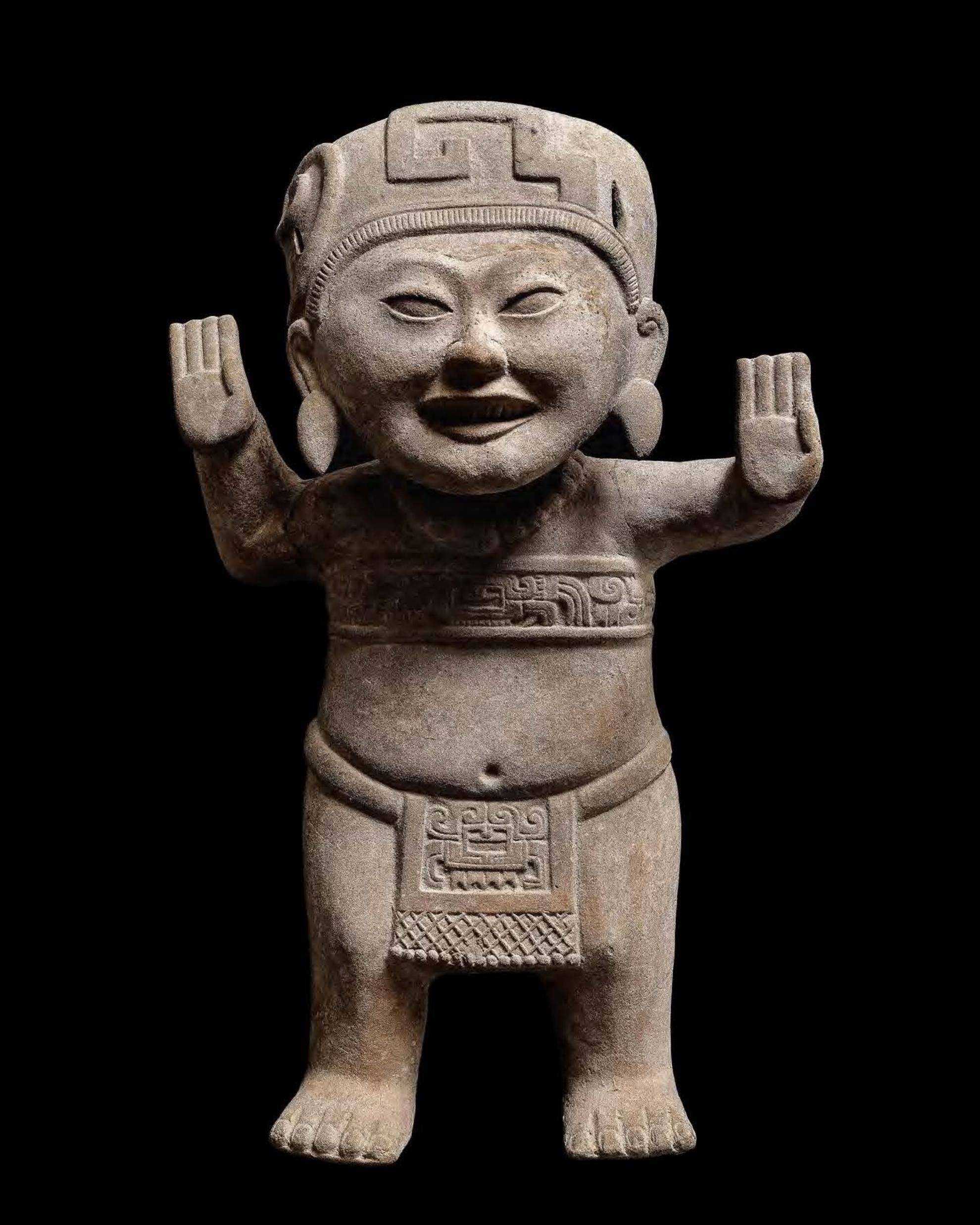
The Totonac Smile
THE TOTONAC SMILE
Giorgio AnteiIn the years of Europe’s early Middle Ages, but a world away, in Mexico’s Southern Highlands – midway between modern Veracruz and Oaxaca – smiles blossomed with a joy never previously glimpsed in art. This harvest of laughters, preserved for us in the work of Mesoamerican potters, flourished for many centuries. Such giddy hilarity was completely unknown in the Old World until after the year 1000, when the Gothic smile first appeared, an expression of blissful beatitude that is seen, for instance, on the face of the smiling angel of Reims (Le Sourire de Reims): a smile of ecstasy, rather different from the fun-loving Mexican laughters. We might possibly compare it to the Carnivalesque laughter widespread since Greco-Roman antiquity, on festive occasions and during, say, the Saturnalia. On occasions, that is, when the smile was polysemic: a sign of life, a sign of death, and a sign of regeneration.






